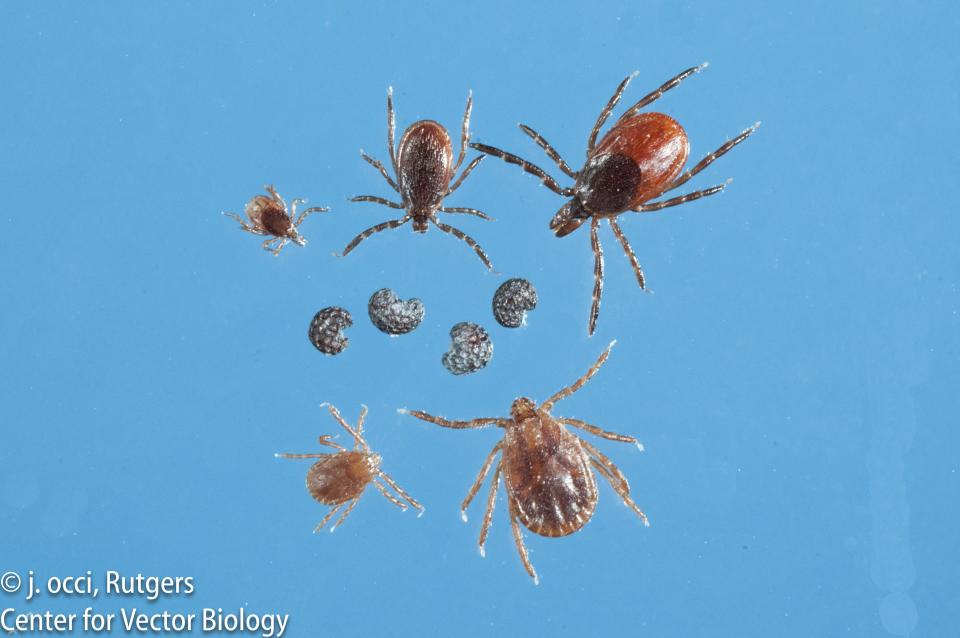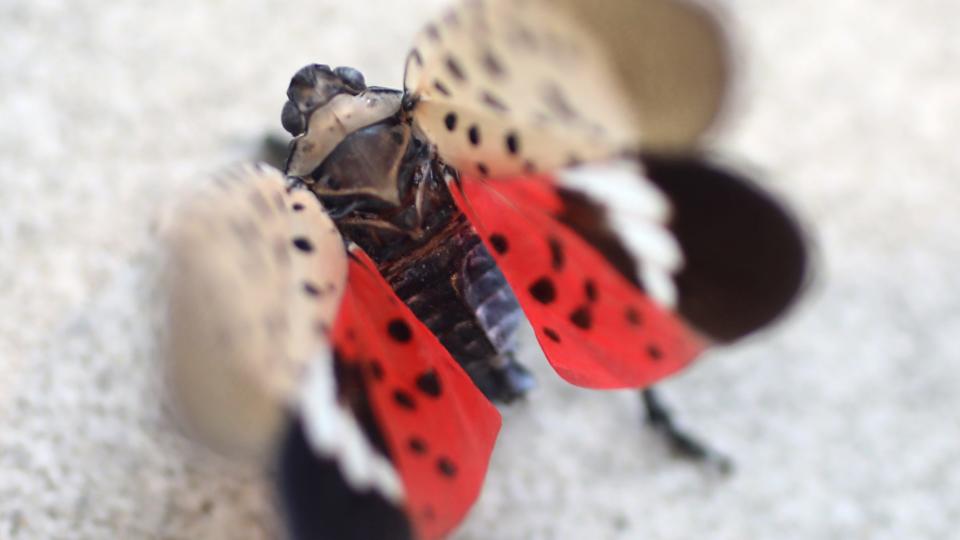Joro spiders are not that scary, but these resident New Jersey critters are
Let's talk about the Joro spider.
As you have probably heard by now, a large, yellow, invasive, flying spider is on its way to New Jersey. Originally from East Asia, Joro spiders have been spotted in several southern states and are soon expected to inhabit the Northeastern United States.
They can grow pretty big, with a leg-span of up to four inches and they can spin webs that span up to 12 feet across.
One of their methods of travel is called ballooning, where they release a strand of silk and get picked up by the wind, flying from place to place in whichever direction the wind takes them.
For many, arachnophobes and others alike, a big, flying spider can definitely sound scary. However, there is really nothing to worry about.
Why you should NOT be scared of the Joro spider

Although Joro spiders are venomous, they are not a danger to you or your pets. There have not been any reports of people being bitten by Joro spiders and it has been reported that their mandibles are not even strong enough to puncture human skin.
Additionally, while they may weave webs around the outside of your house, they do not want to come inside, in fact, they are actually pretty shy, according to a study from the University of Georgia.
"Don't get me wrong they are a big nuisance, and a lot of people find big spiders scary, and I totally get that, but they do not seem to pose any imminent danger to people or pets," Dr. David Coyle, entomologist at Clemson University, told NorthJersey.com in November.
Before you start stressing about New Jersey's incoming, eight-legged friends, let's take a look at some critters that are already residing in the state.
Here are some of New Jersey's most creepy, crawly, and concerning critters that are not the Joro spider.
Ticks

New Jersey has three common species of ticks including the blacklegged (deer) tick, the lone star tick, and the American dog tick, all three of which can transmit various diseases to humans.
One of the most common and well known is Lyme disease which comes from blacklegged ticks. According to the CDC, Lyme disease is a bacterial infection with various symptoms such as fever, headache, fatigue and a characteristic skin rash. If left untreated, Lyme disease can spread to the joints, heart and nervous system.
Other diseases that can spread from ticks include anaplasmosis, babesiosis, ehrlichiosis, rocky mountain spotted fever, and the Powassan virus.
According to the New Jersey Department of Health, there are a few things you can do to avoid tick bites including:
Knowing where ticks are; they typically live near wooded or grassy areas
Keeping your yard clean
Repelling ticks with EPA-registered repellent
Checking you and your children's bodies after being outside
Promptly removing ticks with tweezers
Covering up with long sleeves and pants tucked into socks to prevent ticks from getting under clothes
Showering within two hours of being outside
Checking pets daily and using tick control products
Venomous snakes

There are two venomous snakes found in New Jersey. These snakes are the northern copperhead and the timber rattlesnake.
Northern copperheads, according to the NJDEP are found in the northern region of the state in rocky fields, berry thickets, woodlands, farmlands, and old mulch piles. If you run into a copperhead, it is important to keep your distance. While nobody has died from a copperhead bite in New Jersey, they will defend themselves if they feel threatened.
Timber rattlesnakes are found in rocky, wooded areas of northern New Jersey and within the Pine Barrens in southern New Jersey. Similarly to copperheads, nobody has ever died from a rattlesnake bite in New Jersey, but you should keep your distance as they will defend themselves if they feel threatened.
According to the NJDEP, if you are bitten by a venomous snake you should try to remain as calm as possible and immediately call 911. Do not attempt to drive yourself to the hospital.
Black widow spiders

Two species of black widows live in New Jersey including the northern black widow and the southern black widow. According to USA Spiders, the black widow is one of the most famed and feared spiders.
According to National Geographic, black widow bites can be fatal, but are fortunately very rare. If bitten, you should seek medical attention immediately.
Spotted lanternfly

Another concerning, and fellow invasive species, is the spotted lanternfly which has been making headlines in New Jersey over the past couple of years.
While spotted lanternflies are not dangerous to humans, they do pose a serious threat to New Jersey's plants, crops, and trees as they feed on them, causing devastating damage.
So, while the Joro spider seems a bit scary, there are plenty of other things to worry about in New Jersey from snakes to spiders, to ticks, all of which could potentially be hiding right in your backyard.
This article originally appeared on NorthJersey.com: Joro spiders aren't that scary, but these NJ ticks, snakes are
